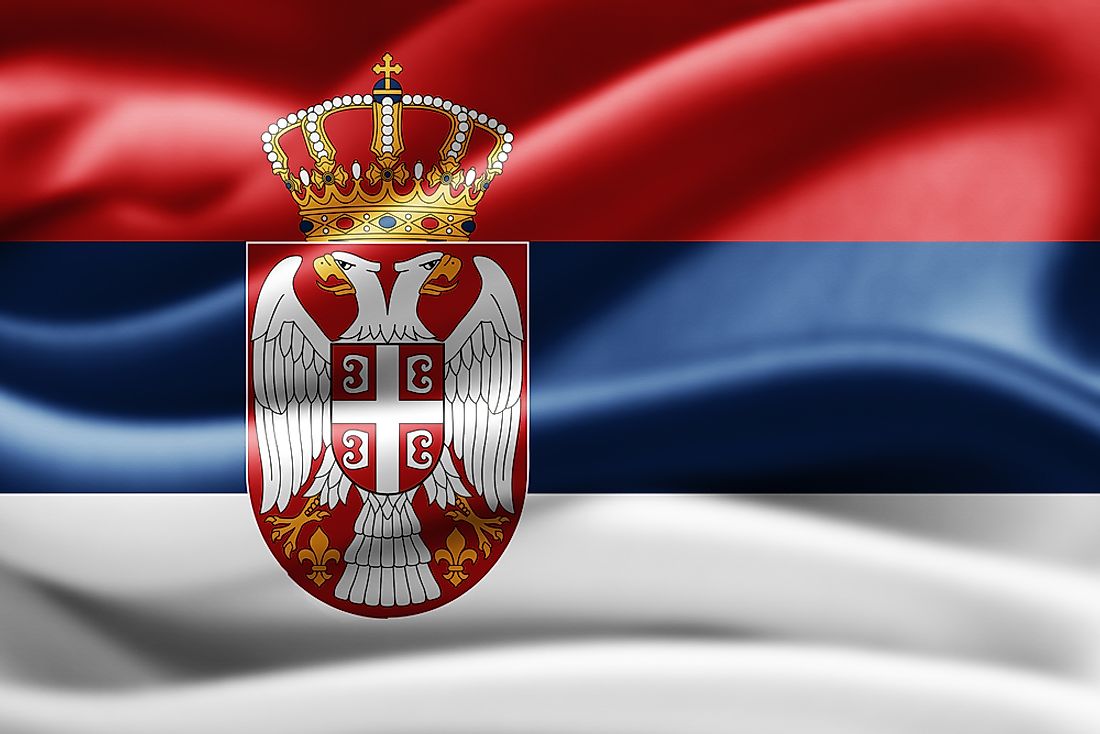Prime Ministers Of Serbia Since 1991

Serbia is a Balkan state in the east of Europe. Serbia is a republic with a unicameral legislature system. The Prime Minister’s primary duties involve direction of the government, presiding over the cabinet of appointed ministers. The office is essential for the government’s functionality as the resignation of the prime minister is equivalent to the falling of the government.
History
The position of the prime minister has undergone several changes throughout the two centuries that the office has existed. The term Prime Minister has colloquially been used since 1991 only and throughout its history, the position has been officially known as the President of the Government of the Republic of Serbia in slightly different variants. It was known as the President of the Governing Council in 1805 before being styled as Prince’s Representative in 1815 until 1861 before being changed to President of the Ministry. It remained that way until 1903 when it was changed again to represent the head of the Council of Ministers and then Executive Council until 1991 before being changed to its current official title.
These Prime Ministers have been the Heads of Government in Serbia since the collapse of Communist Yugoslavia.
Dragutin Zelenović (January to December of 1991)
Lasting less than a whole year in office, Dragutin Zelenovic was a member of Socialist Party of Serbia (SPS). He assumed his office in January 1991 and his cabinet was sworn in February 1991. However, he eventually lost support of the party and resigned in December 1991. The main reason for his government’s downfall was cited to be economic failure.
Radoman Božović (1991-1993)
Radoman Božović became the prime minister in December 1991 as elected from the SPS. One of the highlights of his tenure was the bureaucratic nature of his government with more than half the country’s economy under state’s direct or auxiliary ownership. Inflation rose to record levels but he was able to retain his office with support of Serbian Radical Party (SRS). He refused another term as he didn’t want the support of SRS anymore.
Nikola Šainović (1993-1994)
Nikola Šainović became the prime minister in February 1993 on the SPS party ticket with support from SRS. He resigned from his office in March 1994 to become the Deputy Prime Minister of Yugoslavia.
Mirko Marjanović (1994-2000)
Mirko Marjanović became the prime minister in March 1994 on the SPS party ticket as well. His powers were limited due to the Serbian president Slobodan Milošević’s rule. Not much is said about his first term until 1998 after which he was elected for another term this time with support from SRS as well. His second term was also marred with similar allegation as this time Milošević was the President of Yugoslavia. He resigned from his office in October 2000.
Milomir Minić (2000-2001)
Milomir Minić became the 5th Prime Minister of Serbia in October 2000 leading a transitional government which ended in January 2001 following Serbian parliamentary elections in December 2000.
Zoran Đinđić (2001-2003)
Zoran Đinđić became the 6th Prime Minister of Serbia in January 2001. He led the 19 party Democratic Opposition of Serbia which eventually overthrew Milošević. He was assassinated in March 2003 due to his pro-democratic reforms and favorable relations with the West which were heavily frowned upon.
Zoran Živković (2003-2004)
Zoran Živković assumed office in March 2003 and led a series of offensive measures against corruption and organized crime but his government eventually collapsed in less than year in March 2004 due to high profile arrests and numerous scandals.
Vojislav Koštunica (2004-2008)
Vojislav Koštunica became the 8th prime minister of Serbia in March 2004 leading a minority government with the support of SPS. He served two terms and his tenure was similar to usual prime ministers who had a critical view of the West. He was also known for his strong anti-Communist views.
Mirko Cvetković (2008-2012)
Mirko Cvetković became the prime minister in June 2008 following elections in May 2008. His tenure is characterized by rebuilding the nation and improving Serbia’s economy as his preference rather than dealing with or focusing specifically on difficult political issues. His tenure ended in July 2012.
Ivica Dačić (2012-2014)
Ivica Dačić assumed the office in June 2012. This was the first time since 2000 that Milosevic’s allies had come into power so Dačić’s primary activities were focused on transforming the image of the party and also improving the stagnant economy that became a permanent fixture of his tenure. He led Serbia firmly on a pro-European Union path.
Aleksandar Vučić (Incumbent)
Aleksandar Vučić is the current and 11th Prime Minister of Serbia. He assumed office in April 2014. The primary focus of his government has been to join EU after Serbia received candidate status and officially commenced negotiations with the European Commission and European Council in 2014.
Prime Ministers Of Serbia Since 1991
| Prime Ministers of Serbia Since 1991 | Time in Office |
|---|---|
| Dragutin Zelenović | January to December of 1991 |
| Radoman Božović | 1991-1993 |
| Nikola Šainović | 1993-1994 |
| Mirko Marjanović | 1994-2000 |
| Milomir Minić | 2000-2001 |
| Zoran Đinđić | 2001-2003 |
| Zoran Živković | 2003-2004 |
| Vojislav Koštunica | 2004-2008 |
| Mirko Cvetković | 2008-2012 |
| Ivica Dačić | 2012-2014 |
| Aleksandar Vučić (Incumbent) | 2014-Present |











